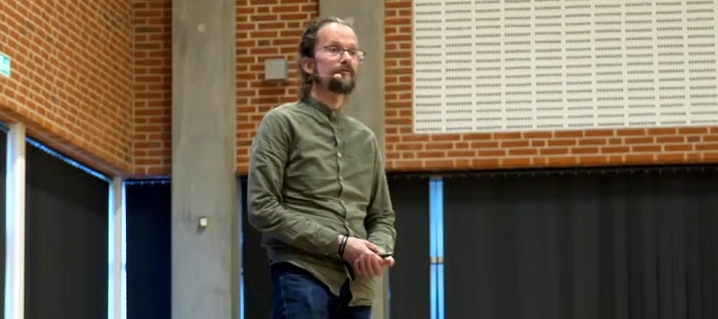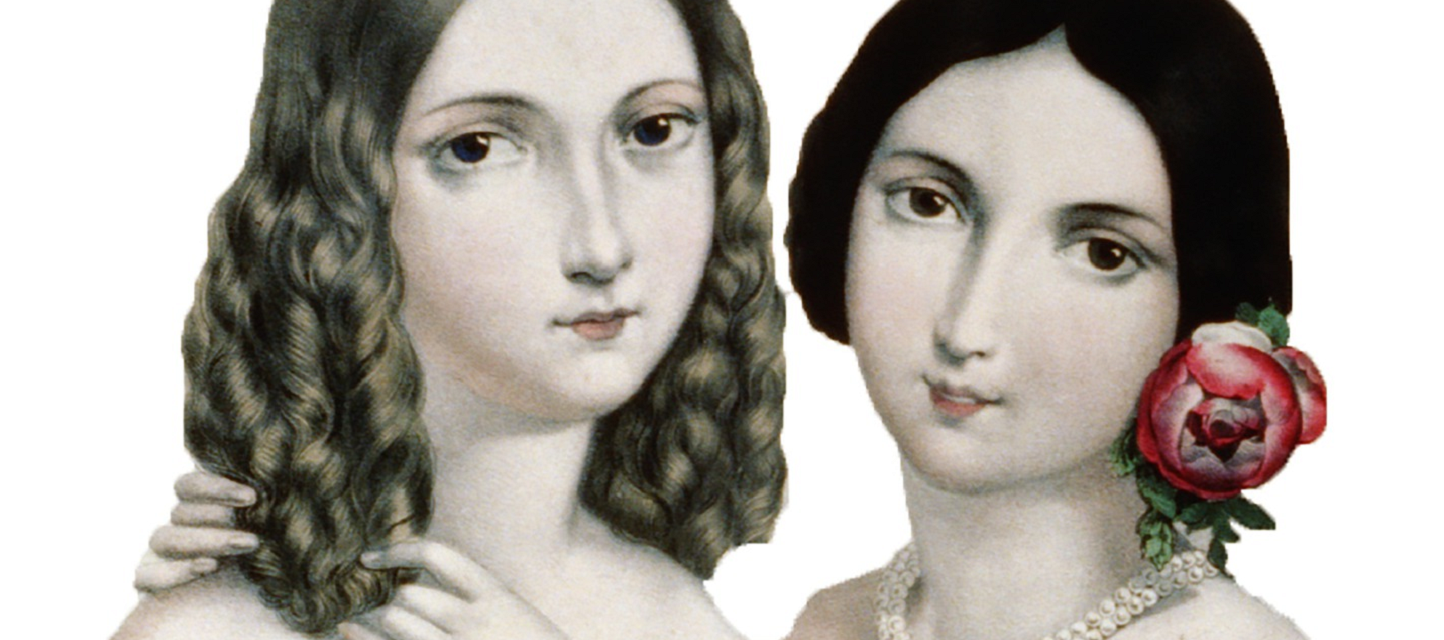Category: Theory
-

Elements of Larp Design
in
What is it larp designers actually design? How do players actually respond to design decisions? Are there any truths that apply to all the different kinds of larp design? Eirik Fatland presents his unpublished yet influential mid-level theory.
-

Wielding the Magic of Anticipation
in
Maximizing the emotional impact of anticipation for better larp play.
-

Leading With Larp Magic
in
To write larps and invite people to take part in your story is to be a leader.
-

Larp as a Player, Larp as a Character
in
Theorizing engaging with the larp as both a character and as a player.
-

“Never Give Up, Never Surrender”
in
Factors that can help players to enter that space in their minds where everything becomes real.
-

We Were Always Here: Representation, Queer Erasure, and Use of History in Larp
in
How historical larps with traditional design conventions can leave queer players feeling deeply alienated.
-

Creating Aura
in
To give in to their alibi, the participant must be credible in their role. Building an aura is a conscious and explicit process that supports this.
-

A Plot to Bomb the Magic Circle: Chaos Magic in Urban Play
in
Exploring the possibilities arising from disrupting the magic circle through urban pervasive styles of play and the practice of chaos magic.

